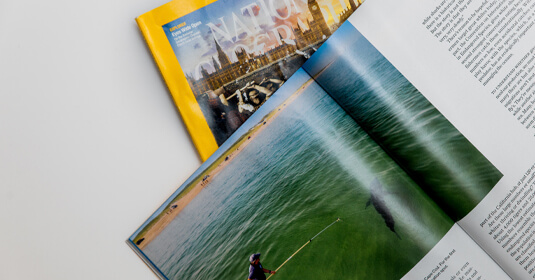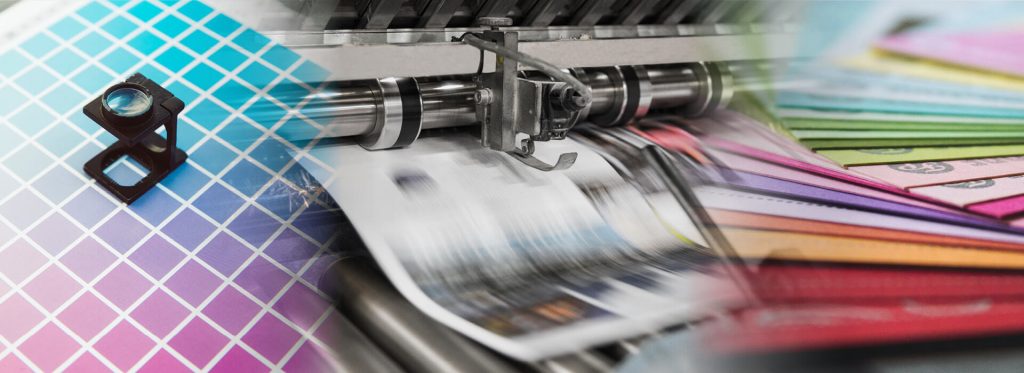When it comes to printing we all know that there are different types of paper stock to choose from. The type of paper or card you use can either make or break your product, so it’s useful to have an understanding about paper stocks so you can make the right decision.
You may have heard LWC or MWC banded about. Quite simply, LWC is “light weight coated” and MWC is “medium weight coated” (MWC). And then you’ve got wood free (that’s pretty explanatory!) coated and uncoated paper. All of which are used in magazine printing, catalogue printing, newspaper supplements, inserts, brochure printing and direct mail etc.
Let’s delve into this a bit more….
Not all paper is created equal. Different papers are created from different types of pulp (mechanical or chemical) and some have different coatings. Some will have different weights and a variety of finishes (gloss, silk, matt or uncoated).
But does it really matter?
In short, yes! Different characteristics will affect the paper’s grade. This in turn affects the choice of paper for the type of printing and product you are producing and ultimately, cost.
A quick guide to Paper – what you should use for Brochure & Magazine Printing
We’ve put together this short (but technical) guide to highlight the main characteristics of these printing papers as well as the types of printing and products they are typically used for.
LWC: Lightweight coated (LWC) paper is made from a pulp achieved through a mechanical pulping process. This process grinds up logs or woodchips rather than using chemicals to separate the wood fibres.
These lightweight papers are single coated and have a typical paper weight of between 36-70 gsm (standard brightness*). For higher gloss and whiteness, you’ll find up to 90 gsm stock. This leads to higher brightness and more vibrant colour printing.
LWC papers are typically used for heat-set web offset and rotogravure printing of magazines, brochures and catalogues. A hybrid grade known as LWC Hi-Brite provides higher brightness and opacity than MWC.
MPC: Medium weight coated (MWC) paper is also made from mechanical pulp but it is double coated. Consequently, this coating gives it a more consistent smooth surface, ideal for heat-set web offset printing. It has gloss, silk or matt finishing options and tends to be over 80gsm in weight. MPC lends itself to higher quality products such as news-stand magazines or high end direct mail catalogues.
*paper brightness is rated on a scale of 1 to 100. Paper with a rating of 80 reflects more light and consequently appears brighter than a paper rated in the 70s.
High end paper for Brochure Printing
Wood-Free: Finally, we get to ‘wood free’ paper. This is a finer paper, made from chemical pulp as opposed to LWC and MWC which uses mechanical pulp. Chemical pulp uses a sulphate process to cook wood fibres to remove the lignin from the wood; lignin is wood’s natural binding agent.
Wood free paper tends not to go yellow over time. It’s also bright, lasts longer and stores better than mechanical pulp paper. Wood-free paper can be matt, silk or gloss finished and have up to 3 coatings. Due to its fineness, this type of paper tend to be used for high quality covers for magazines, brochures or catalogues.
Uncoated wood free fine papers have a wide range of uses, for example advertising materials, books, maps and office paper. Weight ranges from 60gsm lightweight through to cardboard grade weights.
Cliffe Enterprise holds the FSC Chain of Custody Certification. For more information about the importance of ensuring your paper stock is FSC accredited please visit https://fsc.org/en
For the right advice about the best paper to use for your next print project, please get in touch with us. You can email [email protected] or call 01323 419701.

